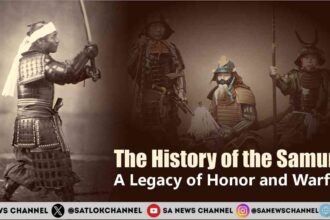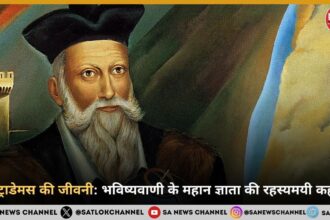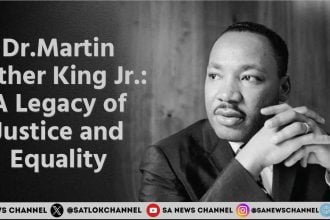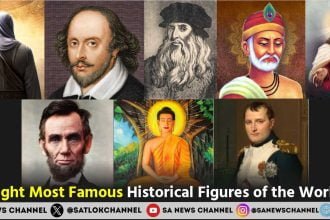The Russian Empire was one of the most formidable and expansive powers in world history, both in terms of geography and influence. Stretching from Eastern Europe across Asia to the Pacific Ocean, and at times even into North America, the empire’s reach was unmatched. Its evolution from a collection of loosely connected principalities into a centralized autocracy and then into a superpower provides a fascinating study in ambition, strategy, and resilience.
- Origins: From Grand Principality to Empire (Before 1547)
- Ivan the Terrible and the Birth of Empire (1547–1584)
- The Time of Troubles (1598–1613)
- Romanov Dynasty: Building a Superpower (1613–1725)
- Expansion and Enlightenment: 18th Century Tsars
- 19th Century: Reforms, Revolts, and Resistance
- Alexander II and the Era of Great Reforms (1855–1881)
- Reaction and Repression (1881–1904)
- The Russo-Japanese War and the 1905 Revolution
- World War I and the Fall of the Empire (1914–1917)
- Impact and Legacy of the Russian Empire
- Historical Roots and Sant Rampal Ji Maharaj’s Spiritual Perspective
- FAQs about the history of the Russian Empire
- 1. When was the Russian Empire officially founded?
- 2. Who was the last Tsar of the Russian Empire?
- 3. What caused the fall of the Russian Empire?
- 4. How large was the Russian Empire at its peak?
- 5. What replaced the Russian Empire?
- Connect With Us on the Following Social Media Platforms
The history of the Russian Empire is not just about borders and battles it is a human story of rulers, revolutions, cultural shifts, and the lives of millions living under imperial rule.
Origins: From Grand Principality to Empire (Before 1547)
Prior to becoming an empire, Russia was known as the Grand Duchy of Moscow, a rising principality that had gradually asserted dominance over neighboring Russian states. This transformation began under the leadership of Ivan III, also known as Ivan the Great, who ruled from 1462 to 1505. Ivan III successfully consolidated power, ended Mongol dominance (known as the “Tatar yoke”), and laid the groundwork for a centralized Russian state.
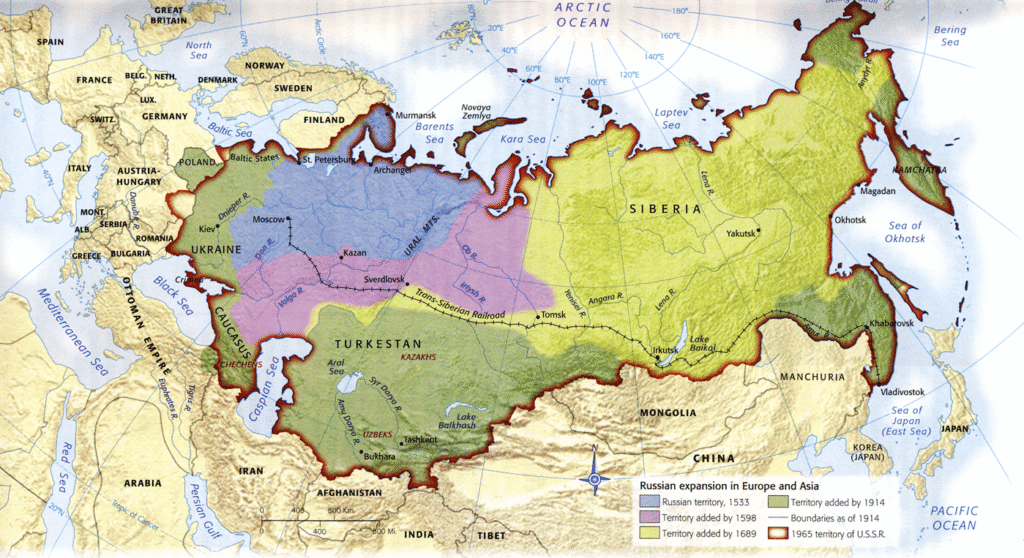
He also adopted the double-headed eagle symbol and the title “Tsar,” although unofficially, to claim succession from the Byzantine Empire. His efforts made Moscow not only the political center of Russian lands but also the spiritual heir to the Orthodox Christian tradition after the fall of Constantinople.
Ivan the Terrible and the Birth of Empire (1547–1584)
Ivan IV, better known as Ivan the Terrible, was crowned as the first official Tsar of Russia in 1547, marking the formal beginning of the Russian Empire. His reign was a paradox of innovation and terror. On one hand, he implemented sweeping reforms: modernizing the military, codifying laws, and creating a council of nobles to advise the Tsar.
On the other hand, he unleashed unprecedented violence, especially during the Oprichnina period, where a secret police force loyal only to him terrorized the population, particularly the boyars (nobles).
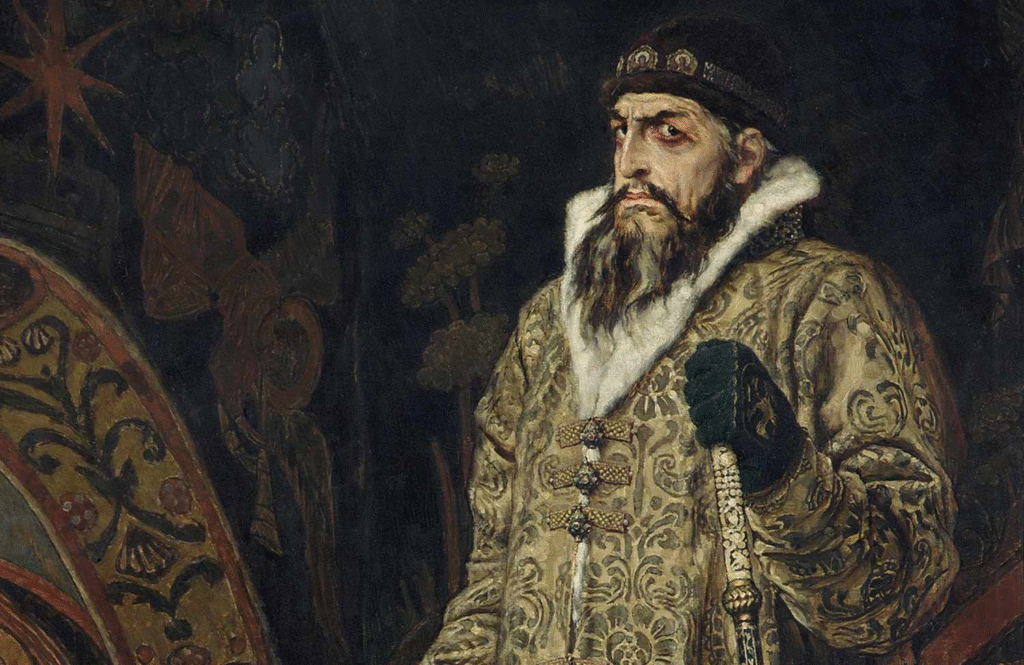
Ivan expanded Russian territory significantly, annexing the Khanates of Kazan, Astrakhan, and Siberia, pushing Russian influence deep into Asia. His mental instability later in life, exacerbated by personal tragedies, led to brutal purges and a weakened state.
The Time of Troubles (1598–1613)
Following Ivan’s death and the accidental death of his heir, Russia descended into a chaotic period known as the Time of Troubles. This era was marked by famine, civil war, foreign invasions, and an overall power vacuum. Multiple pretenders to the throne, known as the False Dmitris, emerged. Polish and Swedish forces capitalized on the disorder, even occupying Moscow at one point.
It was a period of immense suffering for the Russian people, with widespread starvation and violence. Stability was only restored when a national assembly elected Mikhail Romanov as Tsar in 1613, establishing the Romanov dynasty that would rule for over 300 years.
Romanov Dynasty: Building a Superpower (1613–1725)
The early Romanovs focused on restoring stability and rebuilding the state. Under Tsars like Alexis I, Russia began to centralize authority and codify laws, including the Sobornoye Ulozheniye of 1649, which solidified serfdom and structured Russian society rigidly. The real turning point came with Peter the Great, who reigned from 1682 to 1725. Peter was determined to modernize Russia and compete with Western European powers.
Also Read: History of the German Empire: From Unification to Collapse (1871–1918)
He embarked on a tour of Europe to study shipbuilding, engineering, and military science. Returning with radical ideas, he restructured the army, established a navy, created secular schools, and even changed social customs like dress codes. The foundation of St. Petersburg in 1703 as a “window to the West” was symbolic of his ambitions. After defeating Sweden in the Great Northern War, Peter secured Russia’s status as a European power and declared it an empire in 1721.
Expansion and Enlightenment: 18th Century Tsars
After Peter, rulers like Catherine the Great continued imperial expansion and cultural Westernization. Catherine, originally a German princess, seized power in a coup and ruled from 1762 to 1796. A patron of the arts and Enlightenment thinkers like Voltaire, she corresponded with philosophers while overseeing territorial expansion into Crimea, Ukraine, Belarus, and parts of Poland. Her reign also witnessed internal contradictions: while promoting Enlightenment ideals, she reinforced autocracy and increased the power of the nobility over serfs.
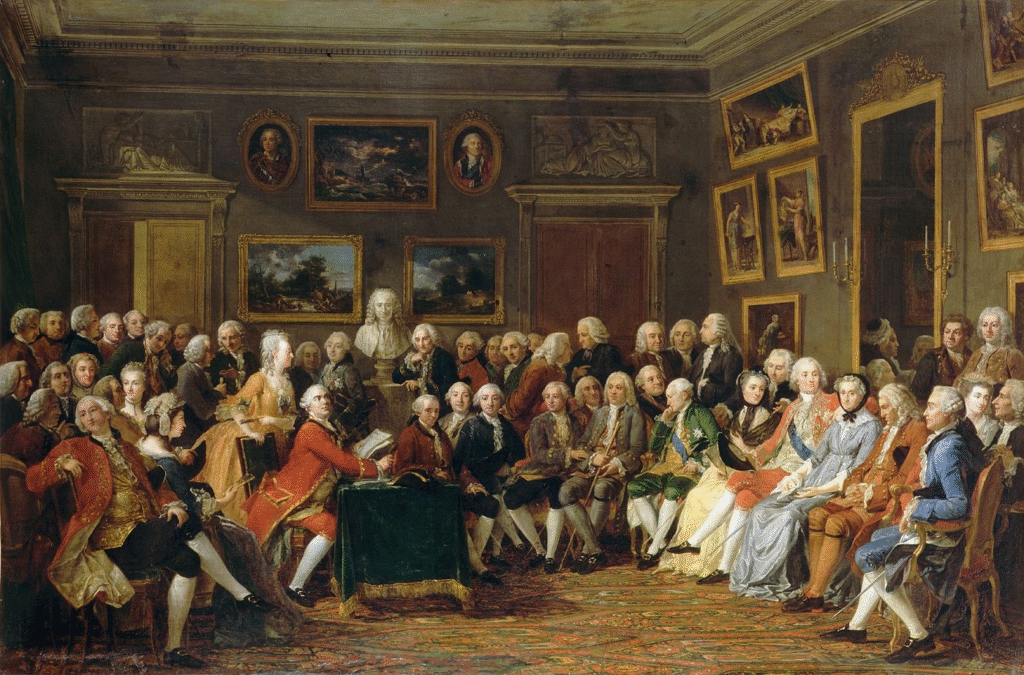
The Pugachev Rebellion (1773–1775), led by a Cossack claiming to be a dead Tsar, highlighted deep-seated discontent. Nevertheless, by the end of the 18th century, the empire had tripled in size and become a major European force.
19th Century: Reforms, Revolts, and Resistance
The 19th century was a time of tremendous upheaval. The empire was involved in the Napoleonic Wars, with Russia playing a decisive role in the defeat of Napoleon after his disastrous 1812 invasion. Tsar Alexander I emerged as a hero, but post-war conservatism dominated. Under Nicholas I (1825–1855), the state grew more autocratic.
He brutally suppressed the Decembrist Revolt of 1825, a liberal uprising demanding constitutional governance. Censorship and secret policing intensified. The Crimean War (1853–1856), against an alliance of Britain, France, and the Ottoman Empire, exposed Russia’s backwardness in technology and infrastructure. The loss was humiliating and became a catalyst for change.
Alexander II and the Era of Great Reforms (1855–1881)
Alexander II, Nicholas I’s son, understood that reform was essential. In 1861, he emancipated the serfs, a monumental change that technically freed millions but left them economically disadvantaged due to redemption payments and poor land allocations.

Alexander also modernized the judicial system, introduced local self-government (zemstvos), and encouraged industrialization. However, his moderate reforms failed to satisfy both conservatives and radicals. Revolutionary groups like “The People’s Will” gained traction and ultimately assassinated him in 1881. His death marked the end of reformist momentum and a return to repression.
Reaction and Repression (1881–1904)
Alexander III reversed many of his father’s liberal policies. His reign was characterized by strict censorship, political repression, and forced Russification of minority groups. Pogroms against Jews intensified. Despite the harsh political climate, Russia underwent rapid industrial growth. Railroads like the Trans-Siberian Railway began connecting the vast empire. Yet the rural population remained impoverished, and labor unrest grew in the cities. These tensions would erupt soon.
The Russo-Japanese War and the 1905 Revolution
In 1904, Russia went to war with Japan over interests in Manchuria and Korea. The conflict ended in disaster for Russia, culminating in the defeat at the Battle of Tsushima. The war undermined faith in the Tsar and led to the 1905 Revolution. Bloody Sunday, when peaceful protesters were shot by the Imperial Guard in St. Petersburg, triggered nationwide strikes and uprisings.

Tsar Nicholas II issued the October Manifesto, promising civil liberties and creating the Duma (parliament). However, these changes were limited, and the Tsar retained most of his power.
World War I and the Fall of the Empire (1914–1917)
World War I proved catastrophic for the Russian Empire. Ill-prepared and poorly led, Russian forces suffered enormous casualties. Economic collapse and food shortages plagued the home front. Nicholas II’s decision to command the army personally left the government in the hands of the unpopular Tsarina Alexandra and the mystic Rasputin.

Corruption and inefficiency deepened public dissatisfaction. In February 1917, mass protests in Petrograd led to a general strike. The army mutinied, and Nicholas II abdicated. The Provisional Government took over but failed to end the war or enact land reforms. By October, the Bolsheviks, under Lenin, overthrew the Provisional Government in a coup. The Russian Empire was no more.
Impact and Legacy of the Russian Empire
The Russian Empire left behind a complex and contradictory legacy. Culturally, it gave the world giants like Tolstoy, Dostoevsky, and Tchaikovsky. Politically, it influenced global geopolitics for centuries, particularly through its role in European alliances and colonial aspirations. Socially, the rigid class structures and systemic repression fostered revolutionary ideologies that would shape the 20th century.

The fall of the empire ushered in a new era of socialist governance that redefined Russia’s place in the world. Modern Russia still grapples with this imperial past, oscillating between nostalgia and critique, as it redefines its identity in the post-Soviet era.
Historical Roots and Sant Rampal Ji Maharaj’s Spiritual Perspective
While much of Russia shifted toward atheism during the Soviet era, the country has a complex and diverse religious history. The widespread atheism seen today largely stems from the Soviet Union’s strict policy of state atheism, which began after the 1917 revolution. Religion was seen as a threat to communist ideology, leading to the suppression of churches, persecution of religious leaders, and the promotion of scientific materialism through education and propaganda.
However, this wasn’t the full picture across all regions. Certain parts of Russia particularly the republics of Buryatia, Kalmykia, and Tuva have deep-rooted Buddhist traditions. In fact, Buddhism was formally recognized as one of Russia’s traditional religions in 1764, long before the Soviet Union, making it an official part of the country’s spiritual fabric.
The teachings of Mahatma Buddha, emphasizing rational thought, personal discipline, and detachment from ritualistic worship, also appealed to many who grew disillusioned with traditional religious practices. This philosophical influence, coupled with political suppression of religion, contributed to a cultural shift where many Russians moved away from worship they found unfulfilling.
Even after the fall of the Soviet Union, atheism and agnosticism remain widespread, especially among younger generations—though some regions continue to uphold their Buddhist or Orthodox heritage with pride.
According to Great Chyren Sant Rampal Ji Maharaj, the widespread atheism in Russia or in any part of the world is a result of lack of true spiritual knowledge (Tatvgyan) and disillusionment with false religious practices. He explains that when people do not receive the correct way of worship as prescribed in the holy scriptures, and instead follow man-made rituals or deities, they eventually lose faith in religion altogether. This is why, even in a once deeply religious nation like Russia, people turned away from God because their worship didn’t yield any visible benefit, peace, or salvation.
Sant Rampal Ji Maharaj says that true worship must be based on scriptural evidence and guided by a Tatvdarshi Saint, as described in Bhagavad Gita Chapter 4 Verse 34 and Chapter 15 Verses 1–4. Without this true method of worship, even religious nations fall into spiritual darkness or atheism. In Russia’s case, when people found no results from their traditional faiths be it Orthodox Christianity or distorted rituals they embraced atheism or Buddhism’s rational, self-centered path, which, though non-violent, still doesn’t lead to salvation (moksha).
He further clarifies that Supreme God Kabir Saheb Ji is the one who can grant both worldly happiness and ultimate liberation, and His method of worship now being revealed by Sant Rampal Ji Maharaj, is the only true way to bring peace and devotion back into human life. According to Him, the real reason people become atheists is because they never experienced the power of true devotion due to false religious practices.
Every human being whether in Russia, India, or anywhere else must seek the refuge of Sant Rampal Ji Maharaj and follow the scripture-based worship of Supreme God Kabir Saheb Ji. Only then can humanity move from spiritual ignorance to divine realization and attain true salvation.
FAQs about the history of the Russian Empire
1. When was the Russian Empire officially founded?
The Russian Empire was officially founded in 1547 when Ivan IV was crowned Tsar.
2. Who was the last Tsar of the Russian Empire?
Nicholas II, who abdicated during the February Revolution of 1917.
3. What caused the fall of the Russian Empire?
A combination of military defeats, economic hardship, political repression, and revolutionary fervor.
4. How large was the Russian Empire at its peak?
Over 22 million square kilometers, making it the largest contiguous empire in history.
5. What replaced the Russian Empire?
The Soviet Union, officially established in 1922 after the Bolsheviks consolidated power.






